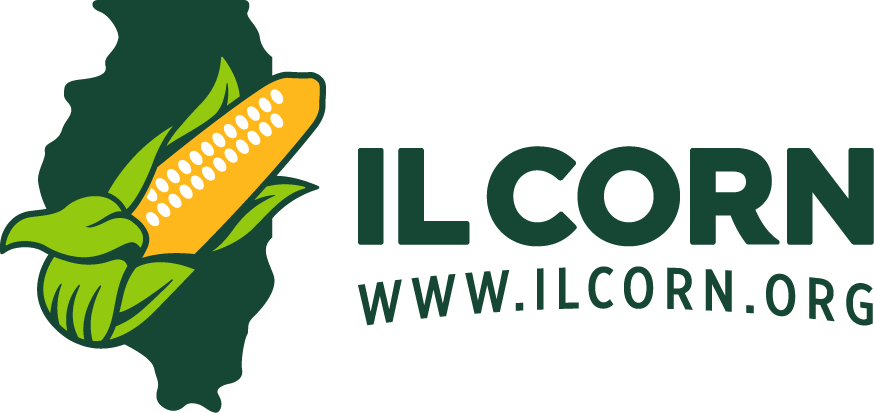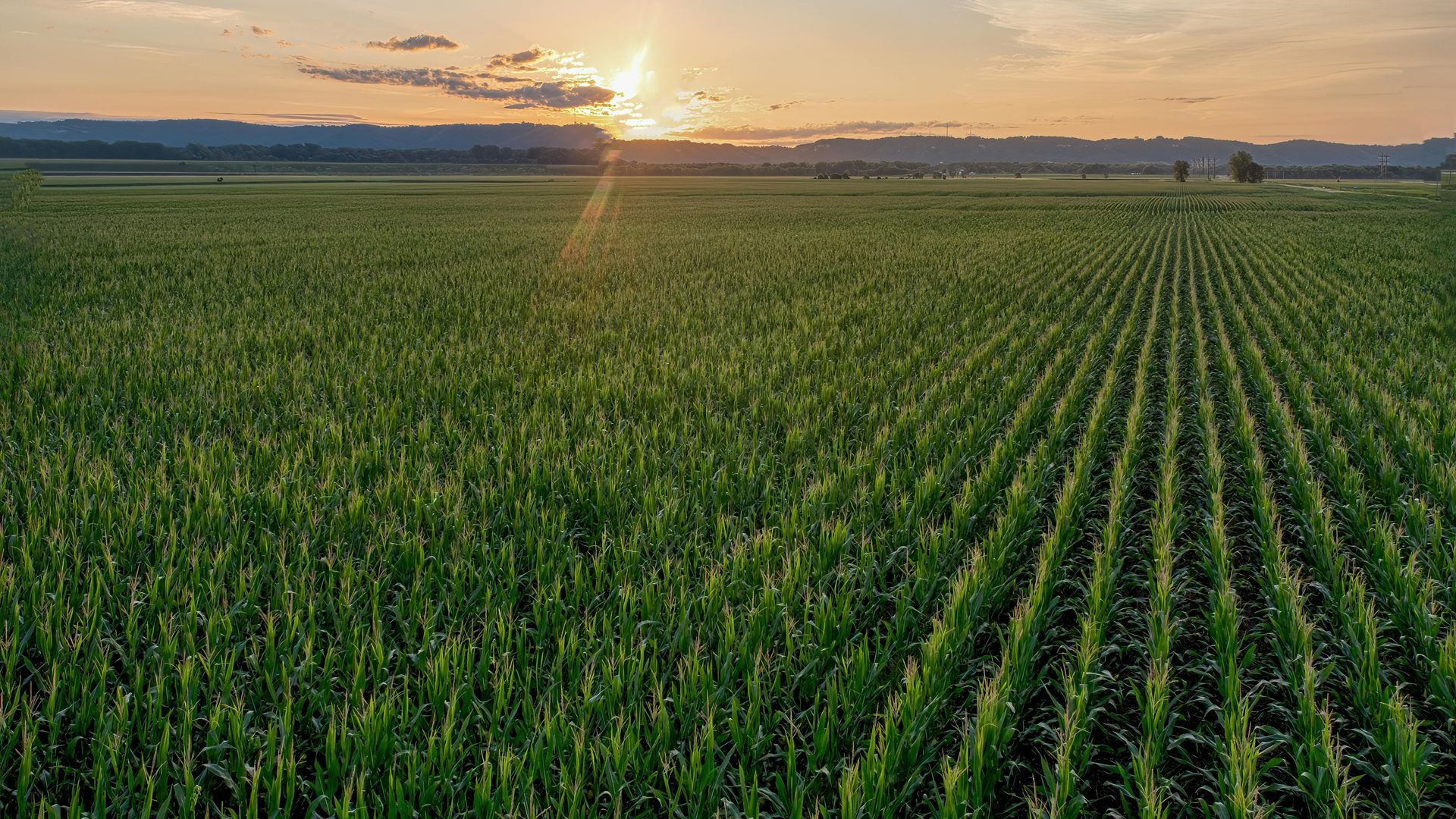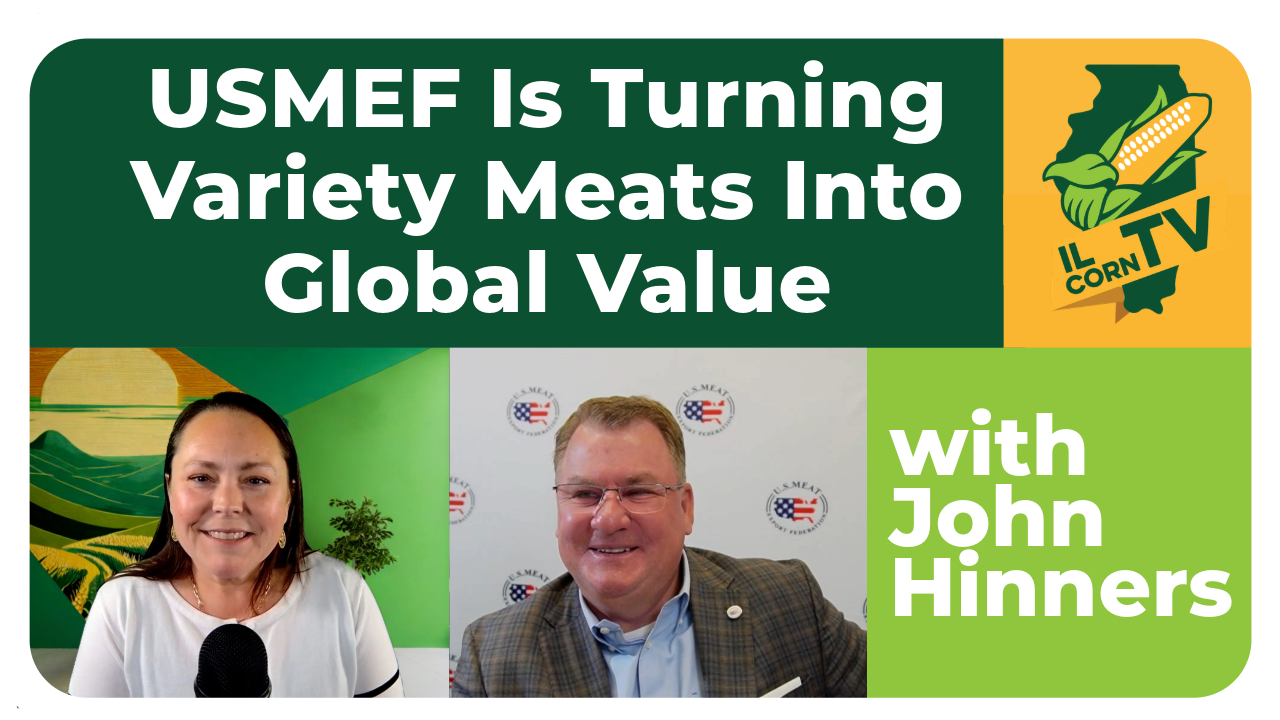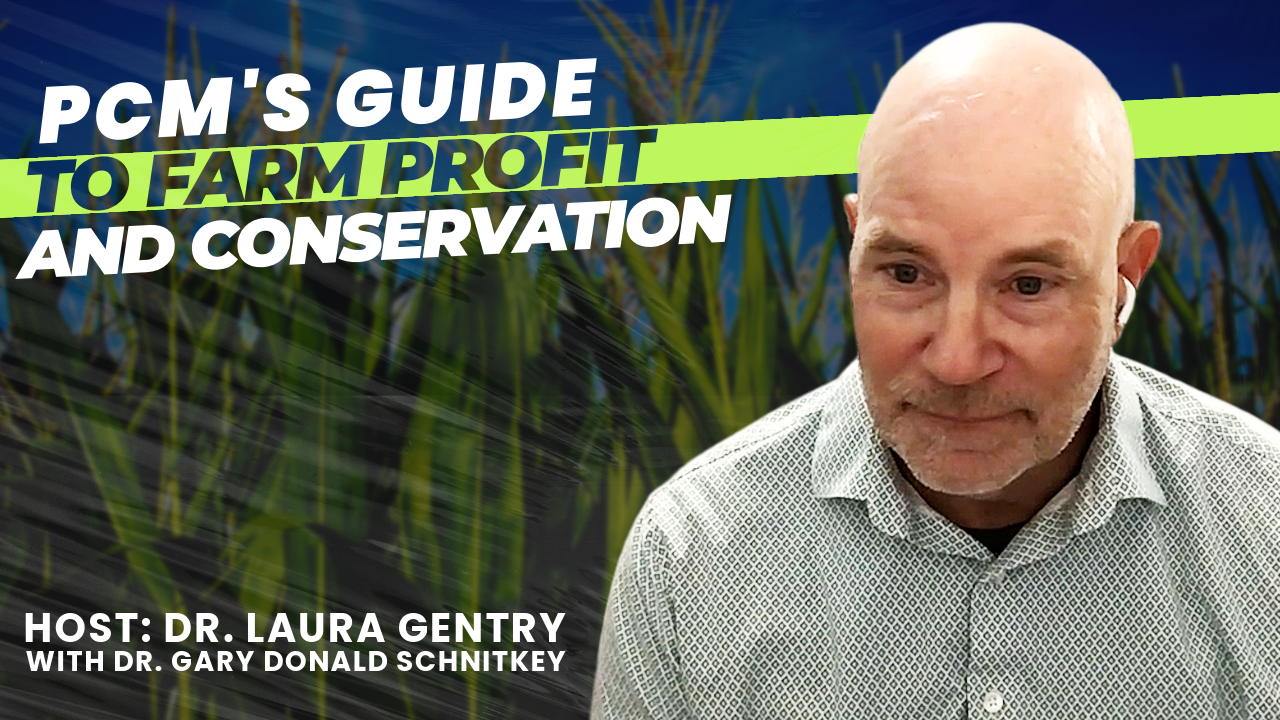From Cornfields to Capitol: How SNAP Supports Farmers and Consumers
The Farm Bill’s Nutrition Program Keeps Food Demand Steady
The Supplemental Nutrition Assistance Program (SNAP) is the largest nutrition provision in the Farm Bill, linking food policy and farm policy. While its primary purpose is to help low-income families afford groceries, it also supports markets for farmers and retailers. SNAP connects rural farm families with urban neighbors, keeps small-town grocery stores alive, and sustains bipartisan support for the Farm Bill.
What is SNAP?
- Began in the 1960s as the Food Stamp Program—transitioned into debit-style EBT cards in the 1990s
- Serves around 42 million Americans each month—average benefit is approximately $200 per person or about $350 per household
- In Illinois, 44,045 veterans receive SNAP benefits, representing 8.1% of Illinois veterans
- Helps low-income families afford food and stabilize demand during economic downturns
- It is an integral service in every congressional district – urban, suburban, and rural families use SNAP. Illinois had the ninth-highest share of residents using federal SNAP benefits, and the highest share in the Midwest. More than 1-in-7 Illinoisans received federal food help.
Both Political Parties Support SNAP
- Democrats
- Focus on reducing food insecurity and poverty
- Urban lawmakers see direct benefits for their constituents
- Republican
- Emphasis on supporting local grocery stores and rural retailers where SNAP dollars are spent
- Viewed as a stabilizer during economic downturns, helping farmers directly by maintaining demand
- Both
- Strong anti-hunger coalition
- Recognition that every district has recipients
Ongoing Challenges to Food and Nutrition Supports
- Spending levels and eligibility requirements remain consistent areas of debate
- Recent proposals: work requirements, shifting cost burden to states, reducing benefits
Why SNAP Matters to Farmers Too
- Stable consumer demand—ensures food produced on farms gets purchased
- Steady customer base for rural grocery stores
- Farm policy isn’t only for farmers, it’s about the food system
SNAP serves every community and is in place to help all Americans who need the service. SNAP’s role is essential for the Farm Bill, and understanding its role is key to how farm policy works in Washington, D.C.
